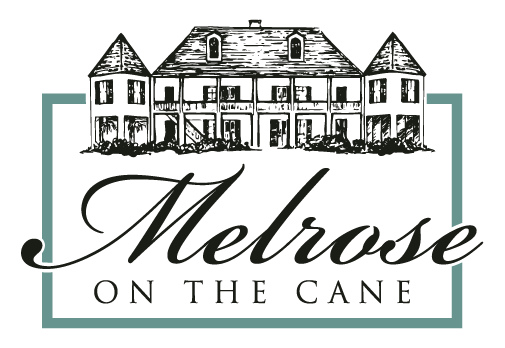MELROSE PLANTATION GIFT SHOP
Cane River Bohemia: Cammie Henry and Her Circle at Melrose Plantation
Cane River Bohemia: Cammie Henry and Her Circle at Melrose Plantation
A National Historic Landmark with a complex and remarkable two-hundred-year history, Melrose Plantation near Natchitoches, Louisiana, was home to many notable women, including freedwoman and entrepreneur Marie Thérèse Coincoin and artist Clementine Hunter. Among that influential group, Cammie Henry, the mistress of Melrose during the first half of the twentieth century, stands out as someone who influenced the plantation’s legacy in dramatic and memorable ways. In Cane River Bohemia, Patricia Austin Becker provides a vivid biography of this fascinating figure.
Born on a sugar plantation in south Louisiana in 1871, Cammie Henry moved with her husband to Melrose in 1899 and immediately set to work restoring the property. She extended her impact on Melrose, the surrounding community, and the region when she began to host an artist colony in the 1920s and 1930s. Writers and painters visiting the bucolic setting could focus on their creative pursuits and find encouragement for their efforts. The most frequent visitors―considered by Cammie to be her circle of “congenial souls”―included writer/journalist Lyle Saxon, naturalist Caroline Dormon, author Ada Jack Carver, and painter Alberta Kinsey. Artists and artisans such as Harnett Kane, Roark Bradford, William Spratling, Doris Ulmann, and Sherwood Anderson also found their way to Melrose.
In addition to hosting well-known guests, Henry began a collection of history books, nineteenth-century manuscripts, and scrapbooks of clippings and memorabilia that later brought her attention from the wider world. Researchers and writers contacted Henry frequently as the reputation of her library grew, and today the Cammie G. Henry Research Center at Northwestern State University houses this impressive collection that serves as a lasting tribute to Henry’s passion for the preservation of words as well as for the South’s material culture, including quilting, spinning, and gardening




